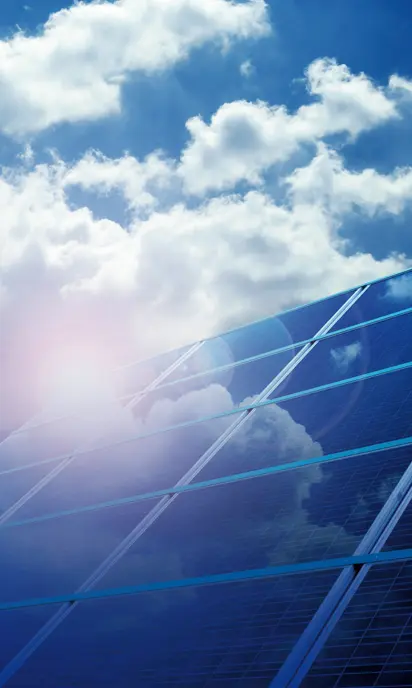
KISS « Keep it Smart Solar »
KISS 2 PVGIS
is a simplified, highly efficient approach to managing and calculating the production of solar energy
systems.
Reflecting the original KISS definition of "keep it simple, stupid",
KISS 2 PVGIS
solar simulators are based on the principle of simplicity and streamlining to optimize the performance,
efficiency and sustainability of solar installations.
PVGIS « Photovoltaic Geographical Information System »
PVGIS analyzes GPS, meteorological and other data to determine the profile of a solar device, then estimates photovoltaic production.
Using data from Google Maps, this software is both accurate and easy to use.
PVGIS was launched by the European Commission in 2007 with the aim of supporting the development of renewable energies by providing a maximum amount of free information to the world's citizens.
KISS 2 PVGIS is completely free of charge.
Simplified design
One of the first steps to making the most of solar energy is to simplify the design of your stand-alone system. Opt for simple configurations that minimize energy losses and maximize production.
Avoid overcomplexity, which will eventually lead to costly maintenance. Avoid assembly equipment that has been on the market for 15 years, with no real performance or reliability. Avoid XYZ kits (inverter X + charge controller Y + batteries Z), which have no active communication between them and are a source of malfunctions, with each unit passing on the malfunction to the other.
Energy Storage
KISS recommends choosing simple, reliable solutions. Well-designed storage can help you maximize the use of solar energy and reduce your dependence on the power grid.
Real-time monitoring
Use real-time monitoring systems to track the performance of your installation. This allows you to detect potential problems early and optimize your system for changing conditions.
Solar craftsmen
Choose solar craftsmen over solar installers. Solar craftsmen are first and foremost technicians and
experts, whereas solar installers are more often commercial networks with no real technical
knowledge.
Make sure that solar craftsmen understand how their autonomous system works and how to perform basic operations.
Preventive maintenance
Take a proactive approach to the maintenance of your stand-alone solar system.
Schedule regular checks and maintenance to avoid costly breakdowns in the future.
Preventive maintenance ensures that your system remains efficient over time.
Use of quality components
KISS recommends investing in high-quality components for your stand-alone solar system. Component quality is essential to guarantee consistent production and a long service life for your system.
Durability
Choose durable, environmentally-friendly materials for your stand-alone solar system. Durability is an important component of the KISS approach, as it ensures that your system will operate reliably for many years to come.
Long-term profitability
Ultimately, the KISS approach aims to maximize the long-term profitability of your stand-alone solar system. By simplifying design, using quality components and adopting preventive maintenance practices, you can save money over the long term while contributing to environmental sustainability.